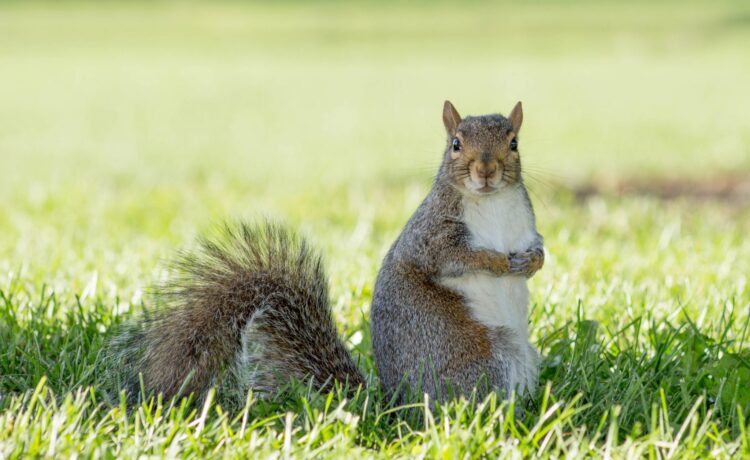Squirrels, with their playful antics and bushy tails, are a common sight in urban and suburban areas. While they add a touch of nature to our surroundings, their presence can sometimes lead to conflicts with humans. To address these issues, effective squirrel management strategies, including trapping and relocation, play a vital role. In this article, we delve into the best practices and considerations surrounding these methods, with a focus on Capital Wildlife Squirrel removal.
Understanding the Need for Management:
Squirrel populations can quickly grow beyond sustainable levels, leading to property damage, noise disturbances, and even health concerns due to the potential spread of diseases like rabies. Squirrel removal services recognize the importance of managing these populations to maintain a balance between urban wildlife and human habitats.
Trapping Techniques:
Trapping is a commonly employed method for controlling squirrel populations. Live traps are often preferred to ensure the safety and humane treatment of captured squirrels. These traps are strategically placed in areas frequented by squirrels, such as attics, gardens, or trees. Squirrel removal services utilize specialized traps designed to capture squirrels without causing harm.
Considerations for Relocation:
Once captured, relocation becomes a crucial consideration. Relocating squirrels to distant locations helps prevent their return to the same area while maintaining ecological balance. However, it’s essential to adhere to local regulations regarding wildlife relocation and choose suitable release sites to ensure the survival of relocated squirrels. Squirrel removal services prioritize the ethical and responsible relocation of captured squirrels to minimize stress and maximize their chances of survival in their new habitat.
Ethical Considerations:
While trapping and relocation are effective management techniques, ethical considerations must guide their implementation. Squirrel removal services prioritize the well-being of both squirrels and the environment. This includes using non-lethal trapping methods, minimizing stress during capture and relocation, and ensuring compliance with wildlife protection laws.
Preventive Measures:
In addition to trapping and relocation, preventive measures are essential for long-term squirrel management. Squirrel removal services offer advice on securing potential entry points in buildings, removing food sources, and implementing habitat modifications to discourage squirrels from inhabiting unwanted areas.
Conclusion:
Trapping and relocation are integral components of effective squirrel management strategies. By employing humane trapping methods, considering ethical implications, and implementing preventive measures, Capital Wildlife Squirrel removal services contribute to maintaining harmony between humans and urban wildlife.







